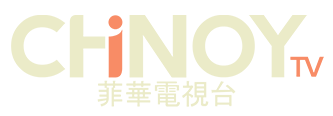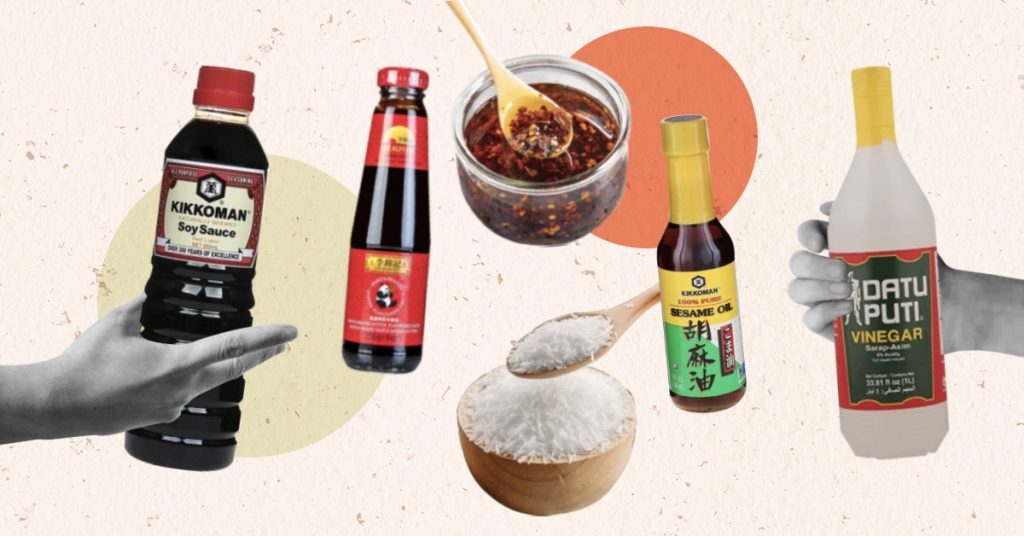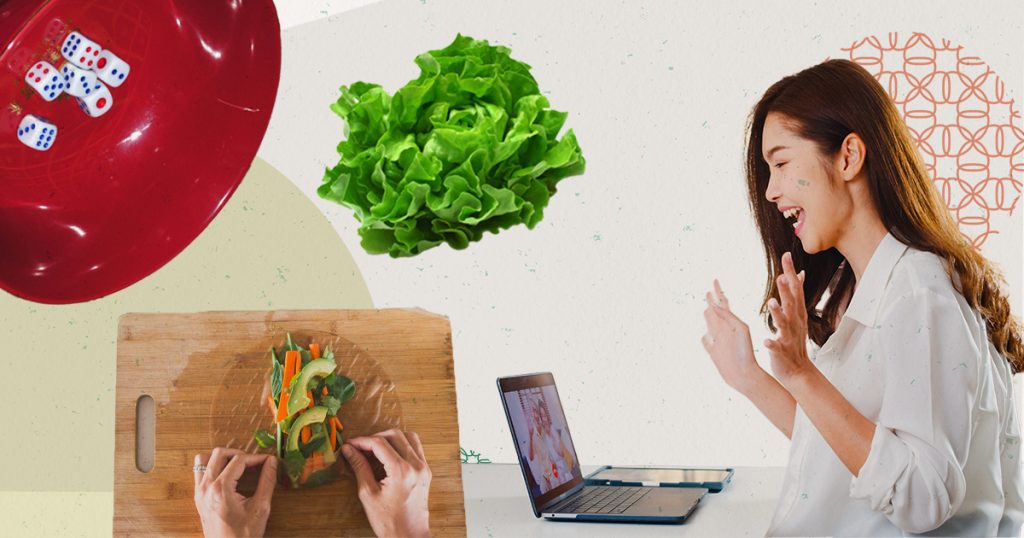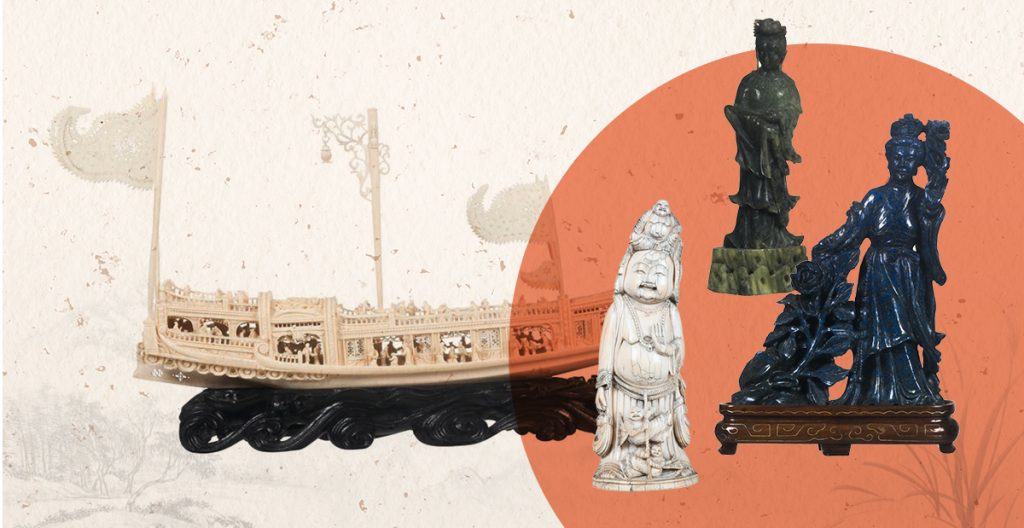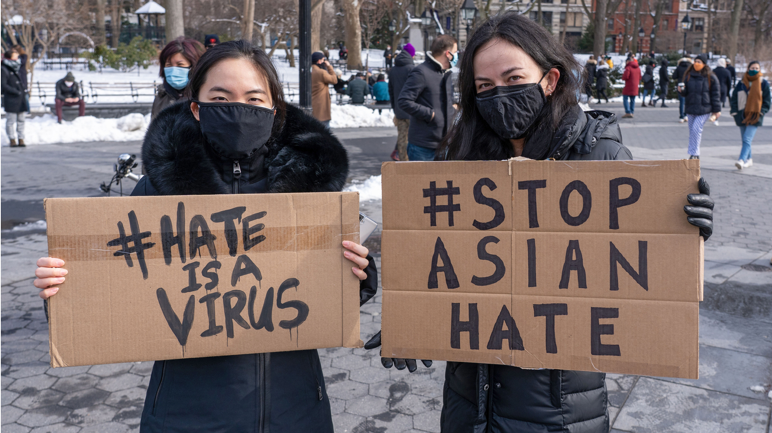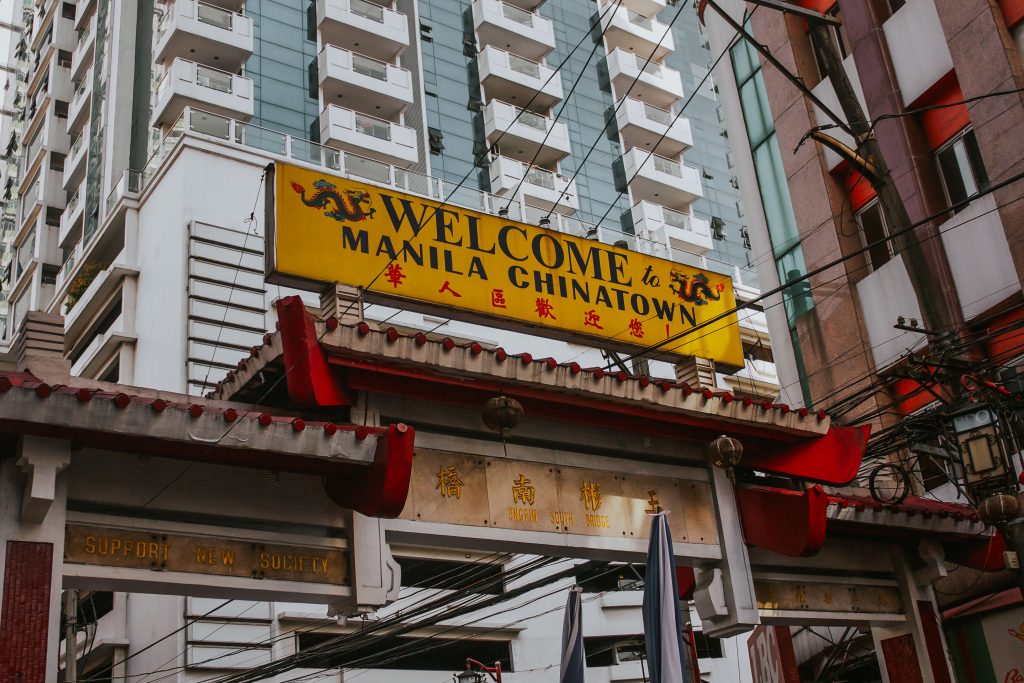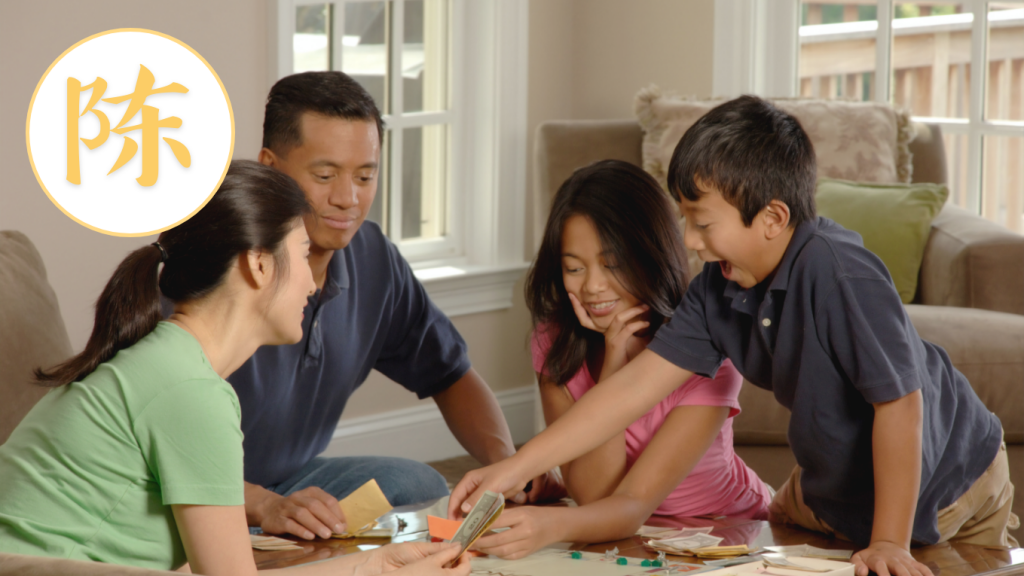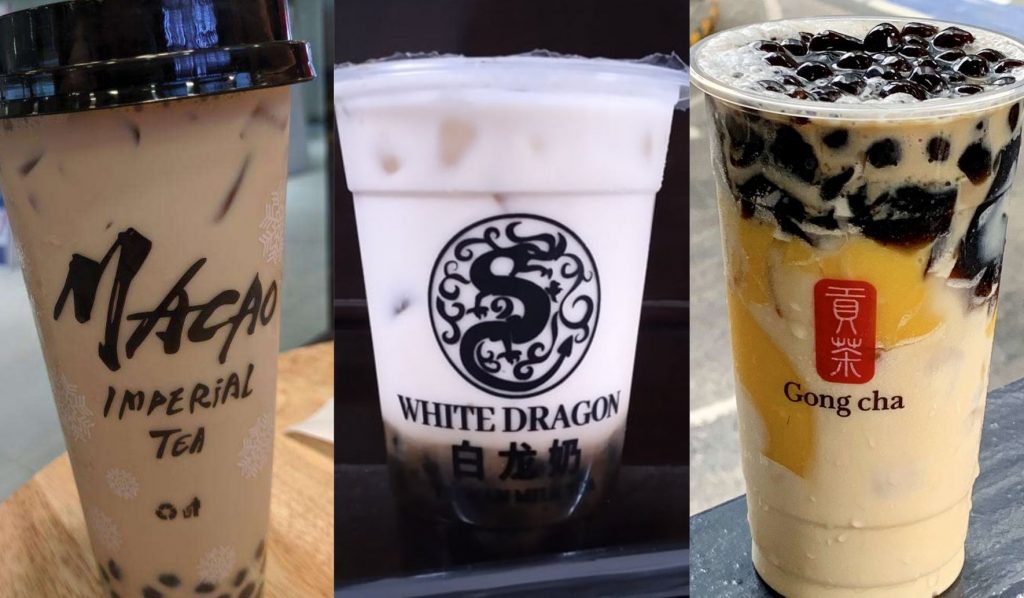Different Types of ‘Angpao’ in Different Countries
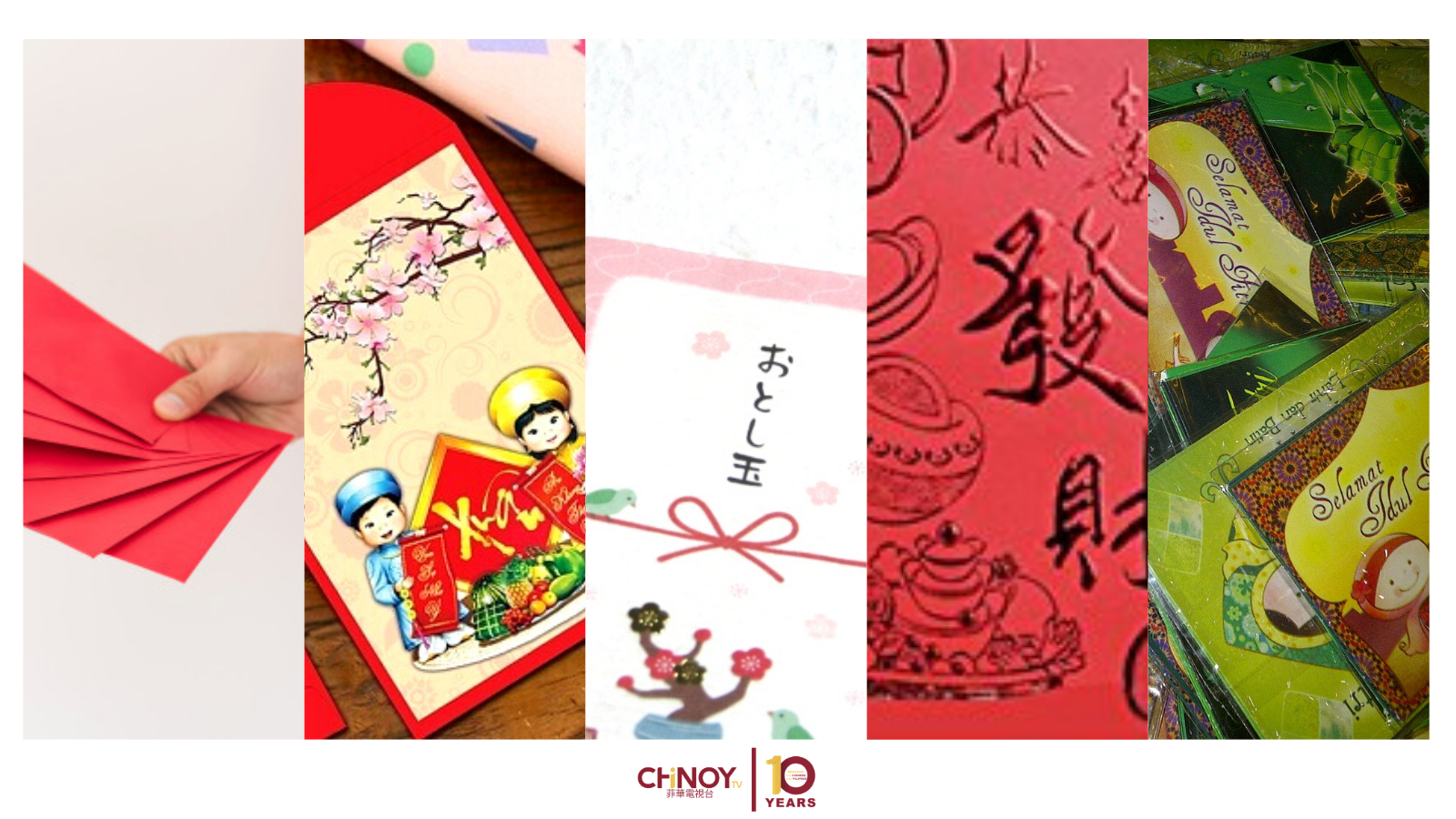
Did you know that different countries have a similar concept to the traditional Chinese 紅包 (Hóng Bāo)?
We break down the various countries that practice the giving of Angpao here:
1. China/Philippines
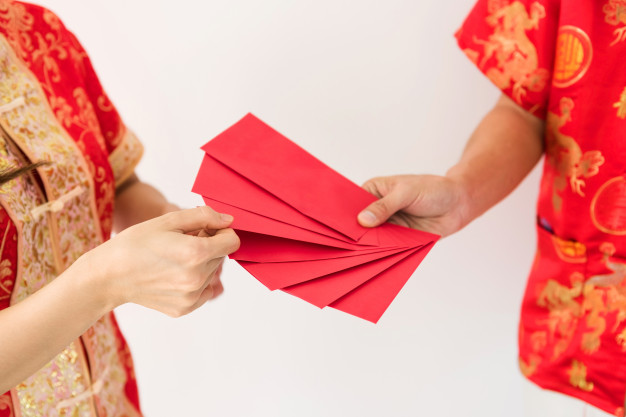
In Chinese culture, one of the most known words is probably 紅包 (Hóng Bāo), which translates to “red envelope.” They are usually given to children at special gatherings and events, such as a wedding banquet or during the Lunar New Year. The Chinese believe the color red represents good luck, so they use a red packet to wish luck to the receiver.
In line with Chinese tradition, one shouldn’t insert an odd number or amount of money, whenever possible. This is because odd numbers usually represent something negative. On the other hand, the only even number that one must not use is the number four (四 Sì). Due to its similarities with the pronunciation of death (死 Sǐ), the act of giving money in sets of four can convey wishing him death.
2. Vietnam
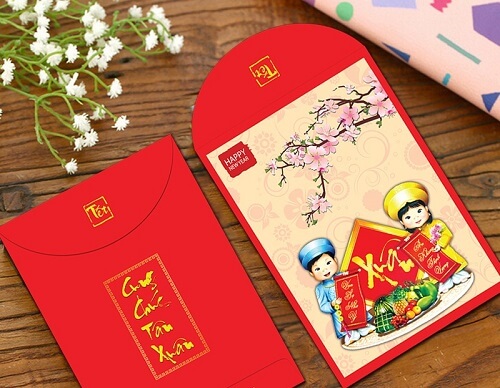
@ I Tour Vietnam
In Vietnam, their red packet’s symbolism is very similar to the Chinese culture. Their red packet signifies lucky money or what they call ,“lì xì” or “mừng tuổi.” However, instead of the traditional, “谢谢” (Xièxiè) or “thank you,” that the Chinese normally say, Vietnamese children must utter a specific phrase to give back their wishes to the older person. It’s usually to wish them good health and long life.
3. Cambodia

Over in Cambodia, the older generations also give red packets to the younger generations. However, this mostly reflects good luck for the elderly. The main difference between the Chinese culture and the Cambodian culture is that in the latter, they worship red packets and even tuck them under the pillow of children during the New Year. They may also opt to put it elsewhere, as long as it is near the child’s bed.
When giving these to newlyweds, the amount must be relatively high enough to compensate the expenses the couple may have spent on you as a guest at their wedding.
4. Japan
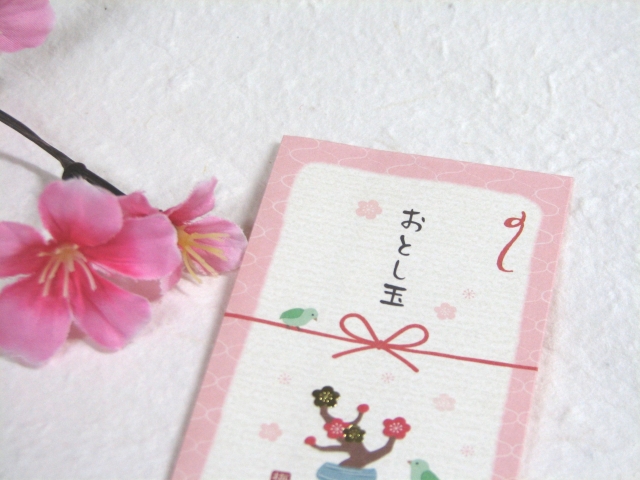
Japan’s red packet is called, “Otoshidama” (お年玉) and it’s also given to children during the New Year. Instead of using the color red, they use white envelopes or anything with a charming design. They write the name of the receiver at the back of the envelope and may even opt to design the packet with a ribbon.
5. South Korea
In South Korea, the concept of giving a red packet is almost the same as Chinese culture, except for the fact that they use white envelopes instead of red. And why don’t the Chinese use white envelopes? According to Chinese taboo, the act of giving someone a white or black item signifies death.
Moreover, South Koreans also write the name of the receiver at the back of the envelope.
6. Muslims in Malaysia, Singapore, Brunei
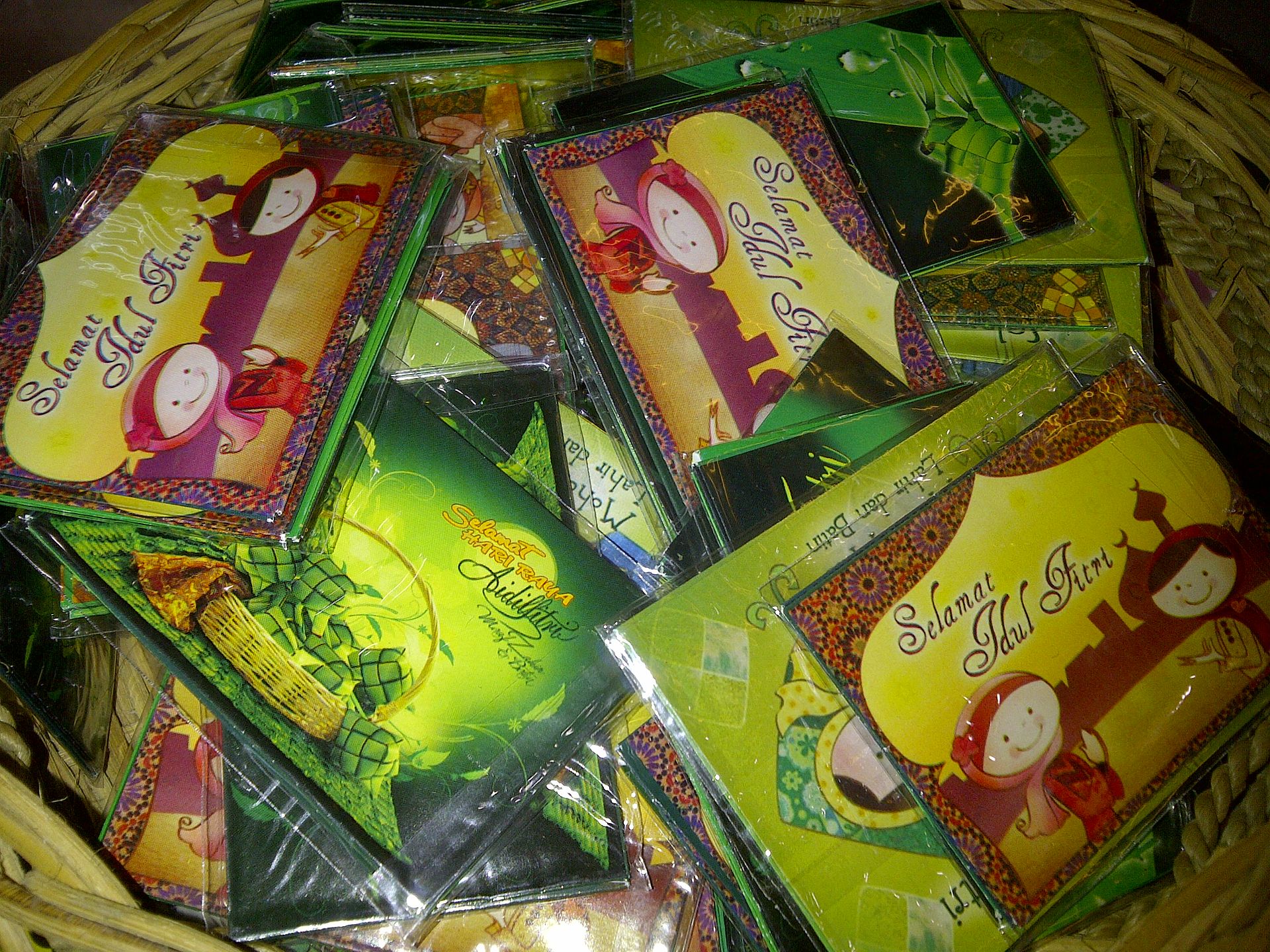
@ Okkisafire
Muslims also engage in the practice of giving money inside a packet. However, theirs are color green. Since green was reportedly the favorite color of Mohammed, it became greatly associated within the Islamic culture.
When they have visitors, they will prepare and hand out green packets to the guests, typically in small amounts,.
